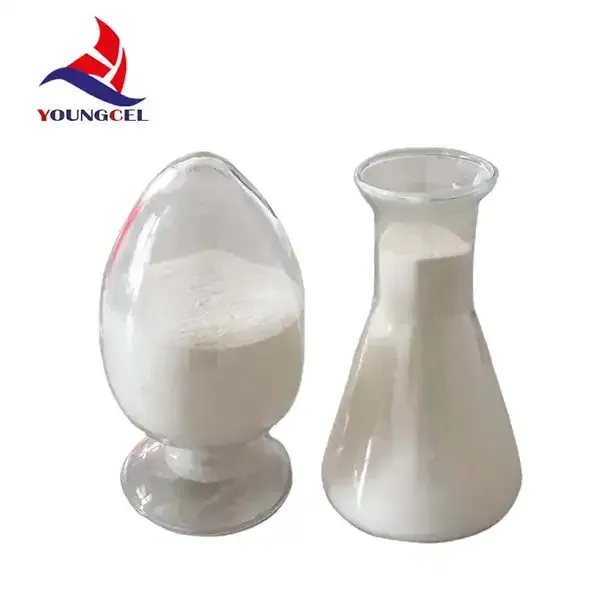The Role of Cellulose Ether in Wall Putty Applications
Wall putty, an essential component in the finishing process of construction, is utilized to create a smooth and even surface on interior and exterior walls. Its applications extend beyond just aesthetics, as it also plays a crucial role in protecting the walls from moisture, humidity, and other environmental factors. Among the various additives used in wall putty formulation, cellulose ether stands out due to its unique properties and versatility.
What is Cellulose Ether?
Cellulose ethers are derived from cellulose, a natural polymer obtained from plant fibers. By chemically modifying cellulose, various ether forms like methyl cellulose, hydroxypropyl methyl cellulose (HPMC), and carboxymethyl cellulose (CMC) are produced. These materials have excellent water-retention, thickening, and film-forming properties, making them ideal for construction applications, including wall putty.
Benefits of Using Cellulose Ether in Wall Putty
1. Improved Workability One of the key advantages of incorporating cellulose ether into wall putty formulations is the enhanced workability it offers. Cellulose ethers increase the viscosity of the mixture, allowing for better control during application. This property ensures that the putty adheres smoothly to surfaces and reduces the risk of slippage during the leveling process.
2. Water Retention Water retention is crucial for wall putty, as it influences the curing process and the final quality of the application. Cellulose ether retains water effectively, which prevents the mixture from drying out too quickly. This feature allows for better adhesion to the substrate, reducing the possibility of cracks and delamination in the finished surface.
cellulose ether for wall putty

3. Enhanced Adhesion The incorporation of cellulose ether into wall putty improves its bonding characteristics. Strong adhesion between the putty and the substrate is vital for long-lasting wall finishes. Cellulose ethers create a molecular bond with both the putty and the surface, ensuring durability and resistance to peeling or flaking over time.
4. Reduction of Dust and Efflorescence Cellulose ethers can mitigate the formation of dust and efflorescence, which are common issues associated with wall putty applications. By minimizing dust, the application process becomes cleaner and more efficient. Efflorescence, caused by the migration of soluble salts within the wall putty, can be reduced through the moisture-controlling properties of cellulose ethers.
5. Versatility Cellulose ethers are adaptable and can be tailored to meet specific requirements in wall putty formulations. Different types and concentrations can be used to achieve desired characteristics, such as quick drying time or extended open time, depending on the environmental conditions and application methods.
Conclusion
In summary, the integration of cellulose ether into wall putty formulations significantly enhances the overall performance of the product. From improved workability and water retention to enhanced adhesion and reduced efflorescence, cellulose ether plays a vital role in the construction and finishing industry. As the demand for high-quality wall finishing materials continues to grow, the importance of cellulose ether will undoubtedly increase, marking it as an indispensable component in modern wall putty applications.
The use of cellulose ether not only ensures stronger and smoother wall finishes but also contributes to sustainable building practices by utilizing a natural polymer. The ongoing development and research into cellulose ethers promise to unlock even more benefits, paving the way for innovative solutions in wall finishing technologies.
-
Premium Detergent Grade HPMC Hydroxypropyl Methylcellulose: Superior Thickening & StabilityNewsAug.31,2025
-
HEC 100000 Hydroxyethylcellulose for Paint | Superior ThickeningNewsAug.30,2025
-
Wall Putty Rdp Powder Packaging DesignNewsAug.29,2025
-
Introduction to Hpmc Hydroxypropyl Methyl CellulosNewsAug.29,2025
-
Hpmc Industri Grade IntegrationNewsAug.29,2025
-
How to Choose the Right Construction AdhesiveNewsAug.29,2025




